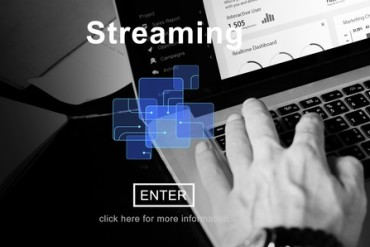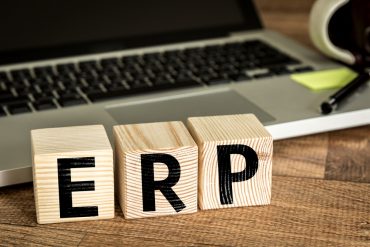
Established industries such as banks and healthcare can innovate with blockchain and big data.
From hackathons to crowd-sourced code development, today’s technology can go from an idea to reality in a matter of hours. Think of it this way: It only took the developer of Angry Birds 53 attempts (or about nine months) to get it right. This fast-paced, trial-and-error, wild-wild-west model of technology exploration is in stark contrast with the rigor and discipline of tech innovation from a previous generation. Yet, both methods are equally important in advancing our economies through innovation.
Two industries where consumers and stakeholders require the reliability of tried and true development methods, as well as the benefit of rapid innovation, are financial services and healthcare.
So how can established firms in these highly conservative industries balance the reliable and trusted approach to technology with cutting-edge, “hope it works” innovation, when the stakes are so high?
Financial services
Innovative fintech (financial technology) startups are taking advantage of Gen Z’s digital nativeness. For the younger workforce, Internet-based banking, Apple Pay and smartphone-based payment, peer-to-peer payment applications such as Venmo, and crowdfunded lending companies like Lending Tree are replacing traditional branch-based banking and institutional lending.
Built on the latest open-source software projects, fintech startups can quickly introduce new business models and experiment with very little upfront capital. According to Banco Bilbao Vizcaya Argentaria (BBVA) Chairman and CEO Francisco Gonzoles, digital disruption will actually displace half of the banks that choose not to modernize. Top banks, anchored by legacy payment processing systems and physical overhead costs, are challenged to adopt fintech innovation into their organizations or risk becoming irrelevant in the next five to 10 years.
Blockchain, for example, makes smart contracts transparent – and will most certainly revolutionize the banking sector. Blockchains and distributed ledgers, however, are expensive to setup and complex to manage. They also may not make sense for applications already housed on a trusted internal network. But with blockchain growing to represent more than $4 billion in market capitalization in the next eight years, banks must invest in interoperability platforms that ensure cutting-edge innovations will work with existing legacy systems.
Healthcare
While financial service organizations are moving away from centralized banking, healthcare is moving towards individualized care and precision medicine. For example, the Center for Integrated Diagnostics (CID) at Massachusetts General Hospital (MGH) is actively accelerating innovations in molecularly targeted medicine.
Precision medicine is an emerging approach for disease treatment and prevention that takes into account the individual variability in genes, environment and lifestyle for every person. For example, MGH genotypically fingerprints patient tumors across the complete spectrum of disease sites in an effort to match patients with identified clinical trials. Again, system interoperability is critical here to integrate genomic data with electronic health records.
Healthcare is dependent on successful information sharing among a complex network of independent healthcare payers, physicians and providers. This is no easy feat considering patients change networks and doctors on a regular basis. Patient healthcare records have actually been identified as an area of opportunity for the deployment of blockchain technology – similar to the use of blockchain in banking. In the future, you can imagine an individual’s healthcare record stored from cradle to grave in a nation’s blockchain, so no matter which physician or network was providing care, the record would be consistent, complete, trustworthy and interoperable with legacy systems, resulting in maximizing the quality of care. Again, data and system interoperability continues to be a key criterion for enabling innovative healthcare solutions.
Final thoughts
Our ability to consume new technology has reached a pace where we are no longer dependent on multiple generations to widely adopt new innovations in order to affect change. Now, in just one generation, we will be able to leverage data collected from mobile banking to connect to our branch deposits, wearables to predict when we will have a medical episode, or blockchains to enable smart contracts in both finance and healthcare. As these opportunities continue to grow, they will require organizations across all industries to invest in data and system interoperability.





























